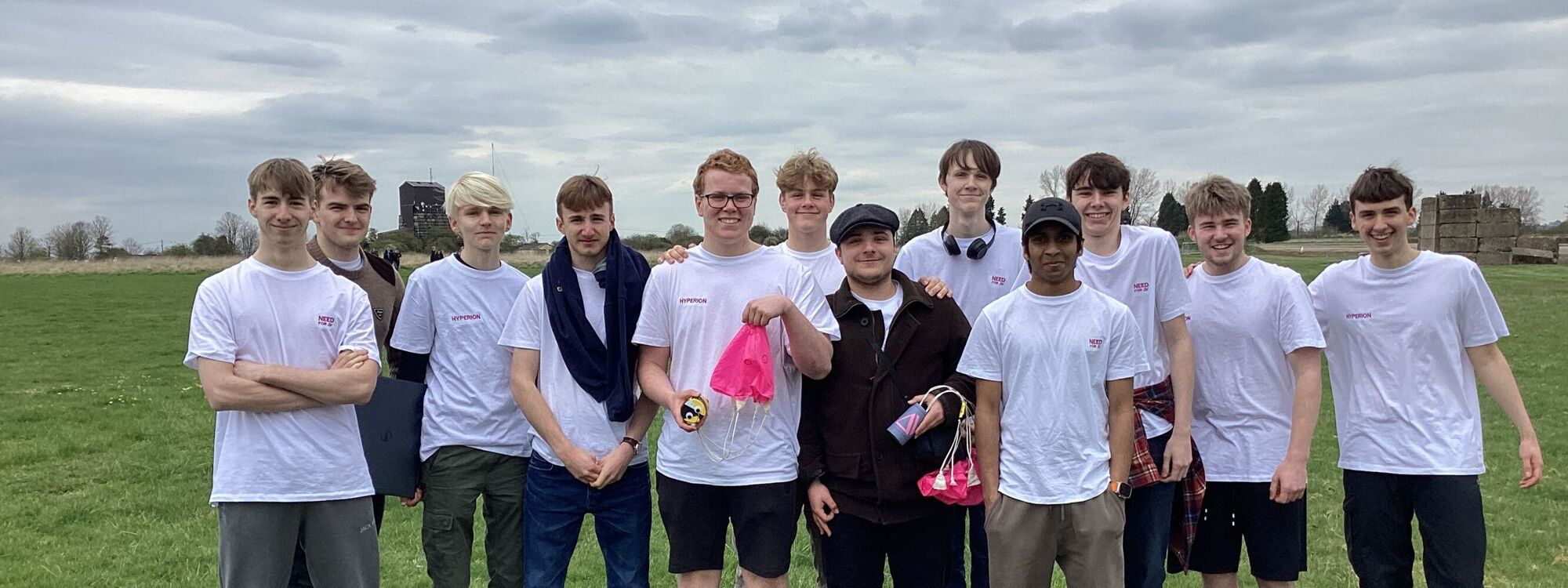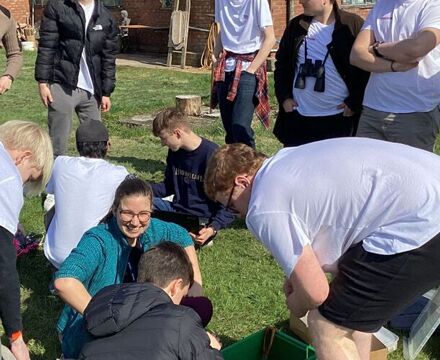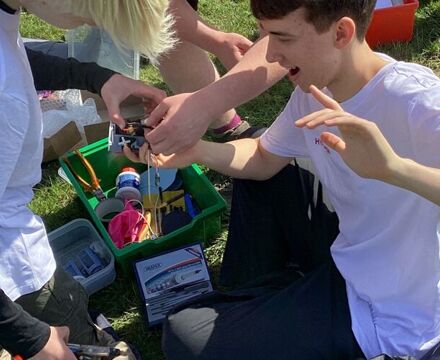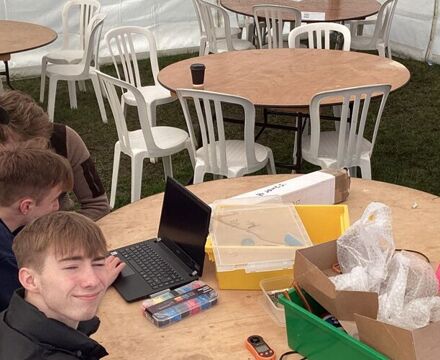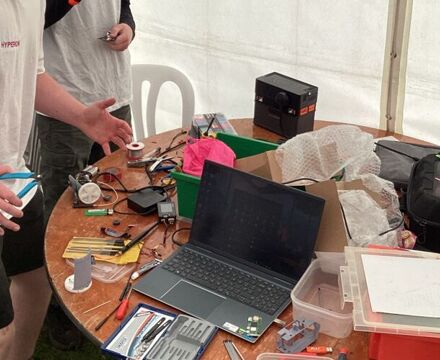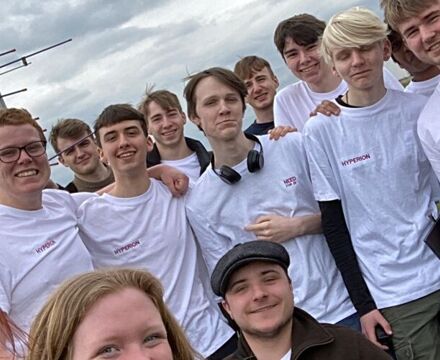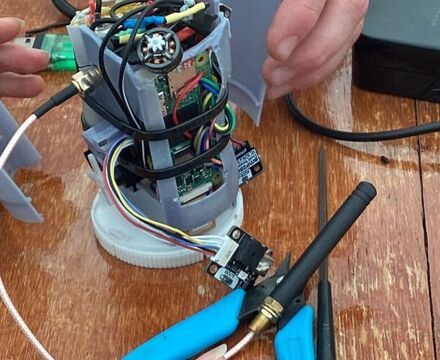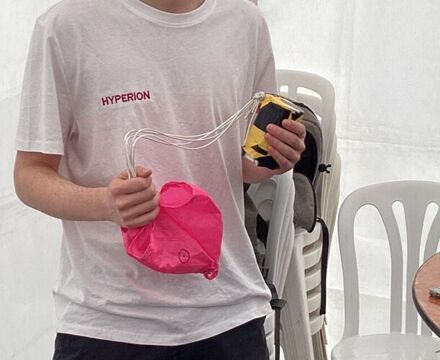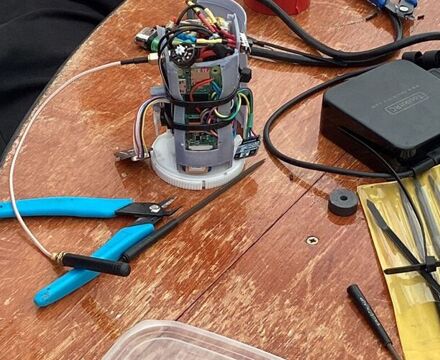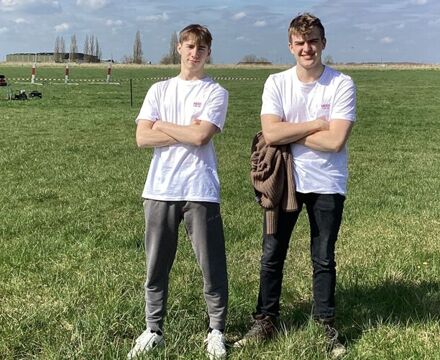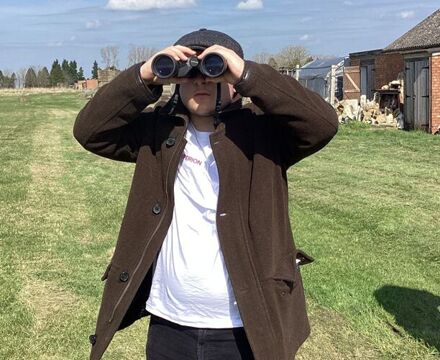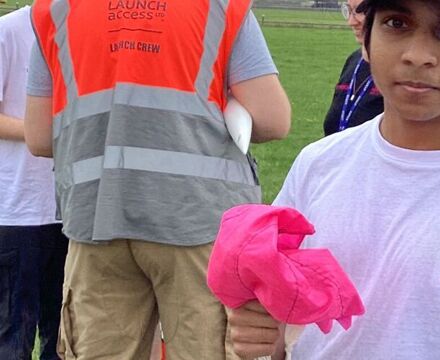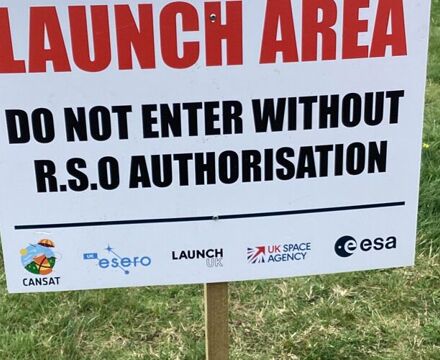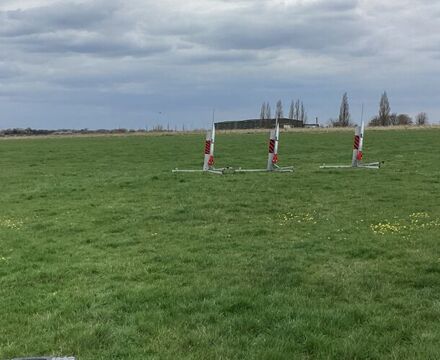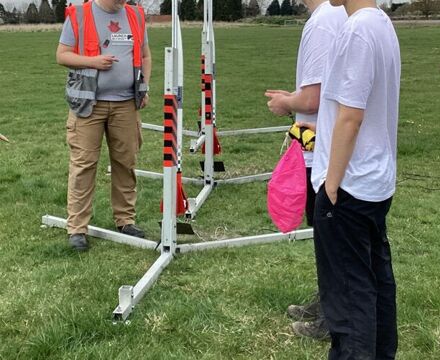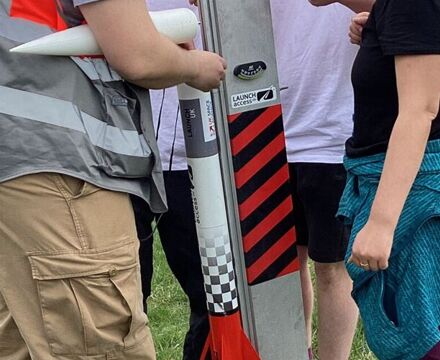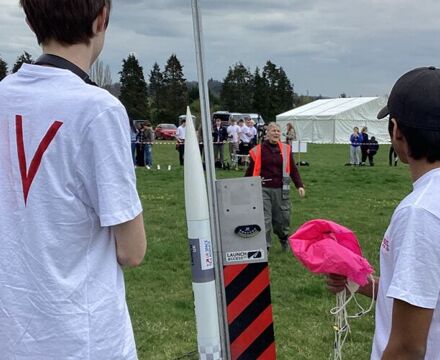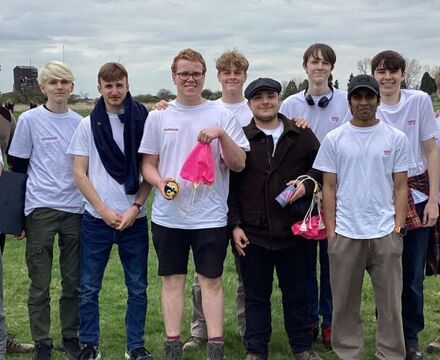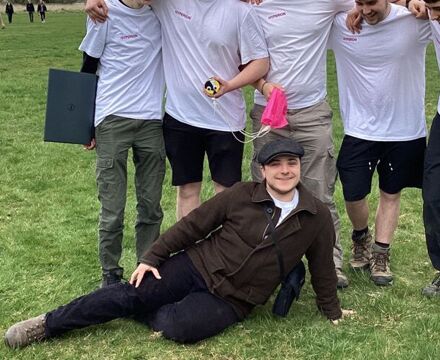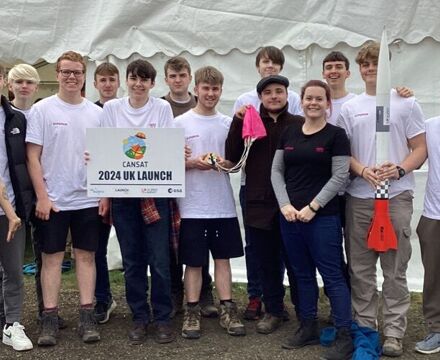- Home
- News and Dates
- Latest News
- CanSat Launch Day March 2024
CanSat Launch Day March 2024
BackTWGSB CanSat Launch Day
After months of hard work and planning, the TWGSB science teams finally launched their CanSat at Westcott Venture Park.
Nick M (Year 13) tells us all about their day:
On the 26th March 2024 TWGSB took two teams (Hyperion and Need for Delta Velocity) under the fearless leadership of Miss Jones and Miss Trainor and travelled to the regional CanSat launch at Westcott Venture Park.
A little context: CanSat is a competition run by the ESA (European Space Agency) in which a group of 11–19-year-olds spend roughly six months building a Coke can-size satellite that has the primary mission of measuring temperature and pressure and then transmitting the data in flight to a ground station we had set up.
The teams also completed a secondary mission of their choosing. Need for Delta Velocity chose to attempt a guided landing using small servo motors to adjust their parachute in flight and hopefully guide it back to a predetermined point at the launch site, and Hyperion decided to attempt an automatic conversion from parachute to rover upon landing, and then drive the CanSat back to the ground station.
On the appointed day both teams set off, each with a (mostly) working CanSat and arrived at the launch site. After a couple hours of tinkering with code and components, they were in a flight-ready state and we then proceeded to launch.
The CanSats were both stuffed into rockets and launched just in time to dodge the oncoming rain and fast winds, which would have made the launch difficult. They shot up into the air, and at the aperture of their flight they were released and plummeted towards the earth, the parachutes on both of them slowing them to a sufficient pace such that they did not break upon landing and also they moved fast enough so as to not be carried too far away by the slight wind.
Unfortunately, no data was collected as Hyperion had a power issue and Need for Delta Velocity hadn’t encoded their satellite with the capability of distinguishing between radio receivers, and as such, due to almost all teams using 446Hz, were receiving readings from the wrong satellite.
The secondary missions also went awry as Hyperion had overlooked some design features and had trouble fitting their huge number of components into the relatively small space afforded to them under the CanSat guidelines, which even the excellent work of the head of electrical design and head of 3D design could not have foreseen nor fixed. Therefore the custom-printed 3D chassis and outside plating had to be adjusted and cannibalised in order to ensure they had a launch-worthy product.
Need for Delta Velocity struggled with space and also had some coding issues which, compounded with the complexity of their parachute and the interfering radio frequencies, led to them unfortunately also having to abandon their secondary mission.
However, it should be noted that despite the apparent failure of both cans to do anything, they were both launched, which is an achievement in itself – as often cans are deemed unsafe for launch; and the application, determination, creativity and inquisitive attitudes that both teams showed throughout the entire process is commendable.
